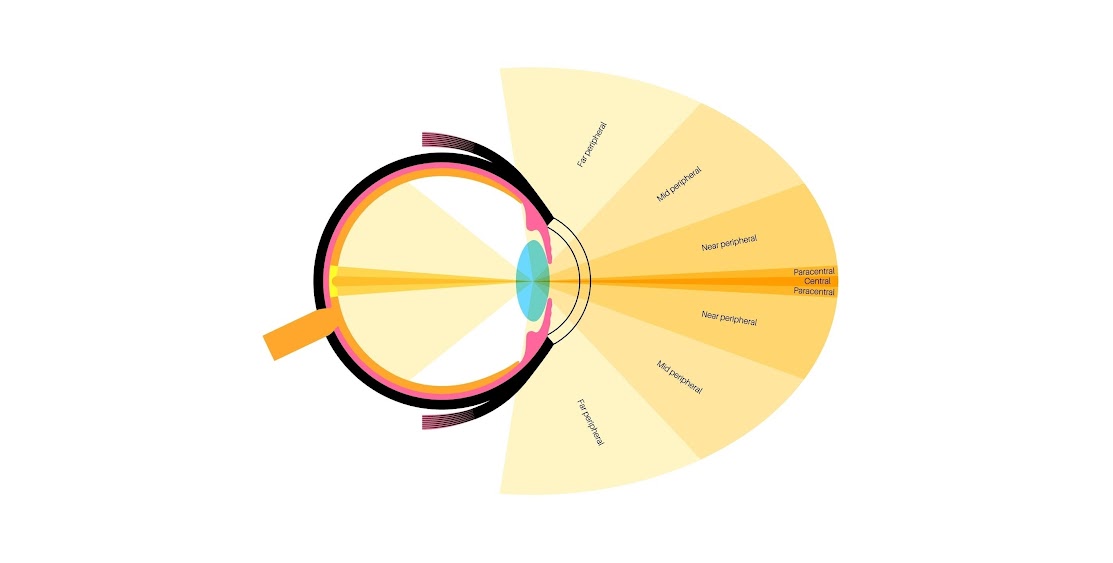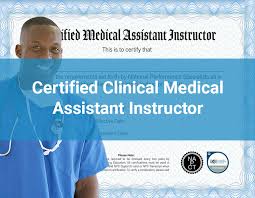
Unleashing the Power of Vision: A Path to Success
The Power of Vision
Vision is a powerful force that drives individuals, organizations, and societies towards their goals and aspirations. It serves as a guiding light, illuminating the path to success and inspiring action. A clear vision provides direction, purpose, and motivation, propelling individuals to overcome obstacles and achieve greatness.
At its core, vision is the ability to see beyond the present moment and envision a better future. It involves imagining possibilities that may seem out of reach or even impossible at the time. Visionaries possess the courage to dream big and the determination to turn their dreams into reality.
Whether in business, science, art, or any other field, visionaries have changed the world with their innovative ideas and unwavering commitment to their vision. From inventors who revolutionize technology to leaders who inspire social change, visionaries shape the course of history through their bold ideas and actions.
However, vision is not just reserved for extraordinary individuals; it is a quality that anyone can cultivate and harness in their own lives. By clarifying your values, setting meaningful goals, and visualizing your desired future, you can tap into the power of vision to drive your personal growth and success.
In an ever-changing world full of challenges and opportunities, having a clear vision becomes essential for navigating uncertainty and staying focused on what truly matters. It provides a sense of purpose and direction that guides decision-making and fuels perseverance in the face of adversity.
Ultimately, vision is more than just seeing with our eyes; it is about seeing with our minds and hearts. It is about believing in what is possible, taking bold steps towards our dreams, and creating a brighter tomorrow for ourselves and others. Let us embrace the power of vision as we strive to make our mark on the world.
8 Common Questions About Vision: Understanding, Protecting, and Improving Eye Health
- What is vision?
- How does the human eye work?
- What are common vision problems?
- How often should I get an eye exam?
- Can diet and lifestyle affect vision health?
- What are the signs of potential vision problems?
- Are there ways to protect and improve my vision naturally?
- What are some tips for reducing eye strain from screen time?
What is vision?
Vision is the ability to perceive and interpret the world around us through our eyes, allowing us to make sense of our surroundings, recognize objects, and navigate our environment. It encompasses not only the physical act of seeing but also the cognitive processes that enable us to understand visual information. Vision plays a crucial role in our daily lives, influencing how we interact with others, make decisions, and experience the world. It is a complex sensory function that involves the eyes, optic nerves, and brain working together seamlessly to create a rich visual experience that shapes our perception of reality.
How does the human eye work?
The human eye is a marvel of biological engineering, functioning as a complex optical system that enables us to perceive the world around us. Light enters through the cornea, the transparent outer covering of the eye, and passes through the pupil, which regulates the amount of light that enters. The lens then focuses the light onto the retina at the back of the eye, where specialized cells called photoreceptors convert light into electrical signals. These signals are sent to the brain via the optic nerve, where they are processed and interpreted into visual information. This intricate process allows us to see colors, shapes, and depth, making vision an essential sense for our interaction with our environment.
What are common vision problems?
Common vision problems encompass a range of conditions that affect the clarity and sharpness of one’s eyesight. Some prevalent vision issues include nearsightedness (myopia), farsightedness (hyperopia), astigmatism, and presbyopia. Nearsighted individuals struggle with seeing distant objects clearly, while farsighted individuals have difficulty focusing on close-up objects. Astigmatism causes blurry or distorted vision due to irregular curvature of the eye’s cornea or lens. Presbyopia, typically affecting individuals over 40, results in difficulty focusing on close objects due to the natural aging process of the eye. These common vision problems can often be corrected or managed through prescription eyeglasses, contact lenses, or refractive surgery, highlighting the importance of regular eye examinations for maintaining optimal eye health and visual acuity.
How often should I get an eye exam?
Regular eye exams are essential for maintaining good eye health and overall well-being. Optometrists recommend that adults with healthy eyes should have a comprehensive eye exam at least once every two years. However, for individuals with certain risk factors such as diabetes, high blood pressure, or a family history of eye diseases, more frequent eye exams may be necessary. It is important to consult with your eye care provider to determine the appropriate frequency of eye exams based on your individual needs and risk factors. Early detection of eye conditions through routine exams can help prevent vision loss and ensure optimal eye health for years to come.
Can diet and lifestyle affect vision health?
Diet and lifestyle play a crucial role in maintaining optimal vision health. A well-balanced diet rich in nutrients like vitamins A, C, and E, as well as omega-3 fatty acids, can help protect against age-related vision problems such as macular degeneration and cataracts. Regular exercise and maintaining a healthy weight can also contribute to overall eye health by reducing the risk of conditions like diabetes, which can lead to vision complications. Additionally, protecting the eyes from harmful UV rays and avoiding smoking are essential lifestyle choices that can help preserve vision clarity and acuity for years to come.
What are the signs of potential vision problems?
Recognizing the signs of potential vision problems is crucial for maintaining optimal eye health. Common indicators include blurred or double vision, difficulty focusing, frequent headaches, eye strain, sensitivity to light, and changes in color perception. Additionally, experiencing persistent eye redness, dryness, or irritation may signal underlying issues that require attention. Any sudden or significant changes in vision should prompt a visit to an eye care professional for a comprehensive evaluation and appropriate treatment. Early detection of vision problems can lead to timely interventions that help preserve eyesight and overall visual wellness.
Are there ways to protect and improve my vision naturally?
There are indeed natural ways to protect and enhance vision that can be incorporated into daily routines. Maintaining a balanced diet rich in nutrients like vitamin A, C, and E, as well as omega-3 fatty acids, can support eye health. Regular exercise and staying hydrated also play a role in promoting good vision. Additionally, practicing proper eye care habits such as taking regular breaks from screens, wearing sunglasses outdoors to shield from UV rays, and ensuring adequate lighting when reading or working can help preserve eyesight. Consulting with an eye care professional for personalized advice on natural vision enhancement strategies is recommended for optimal eye health maintenance.
What are some tips for reducing eye strain from screen time?
In today’s digital age, many individuals spend a significant amount of time in front of screens, leading to increased risk of eye strain. To reduce eye strain from screen time, some helpful tips include taking regular breaks to rest your eyes by following the 20-20-20 rule (looking at something 20 feet away for 20 seconds every 20 minutes), adjusting the screen brightness and contrast to comfortable levels, ensuring proper lighting in the room to reduce glare, positioning the screen at eye level and an arm’s length away, and considering using blue light filtering glasses or software to minimize eye fatigue. Implementing these simple practices can help alleviate eye strain and promote healthier vision during prolonged screen use.



